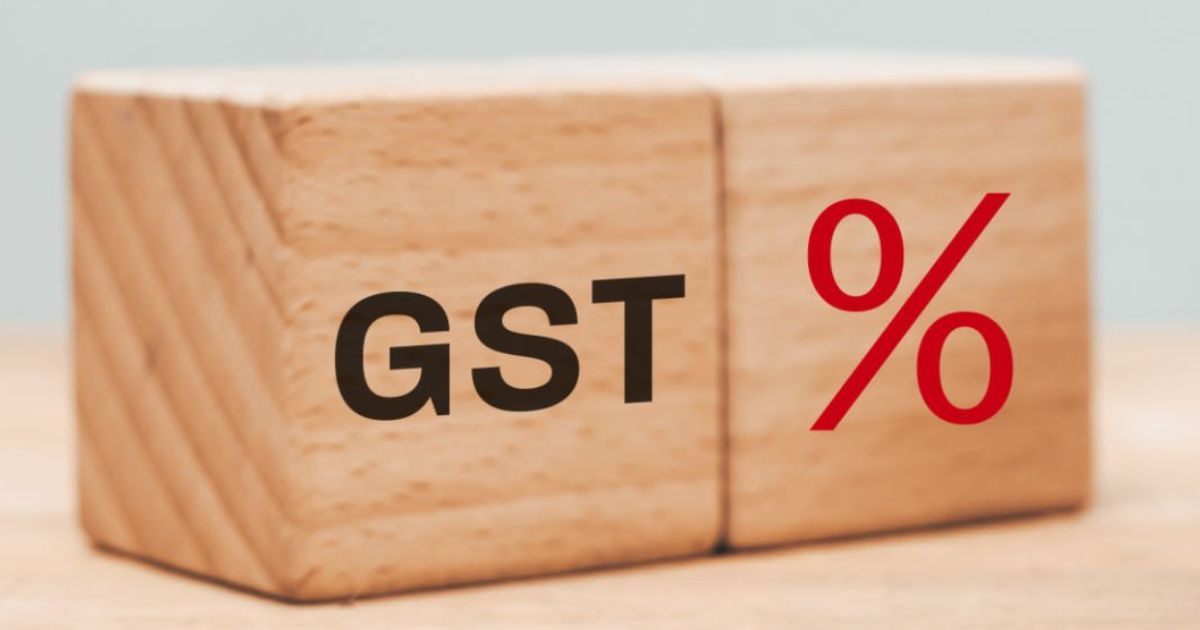This rule applies when:
- Goods/services are supplied between distinct persons (like branches of the same company in different states), or
- The supplier and recipient are related persons under GST,
- Not involving an agent.

Sub-rule (1): Valuation Methods
When a supplier supplies goods or services to a related or distinct person, the value is determined as:
(a) Open Market Value (OMV)
- This is the full value in money that a buyer (not related) would pay for such goods/services in a transaction.
Example:
- Company A (Maharashtra) sends 100 mobile phones to its branch Company A (Delhi).
- Market price = Rs 10,000 per phone.
- Value = Rs 10,00,000 (Rs 10,000 x 100)
(b) Like Kind and Quality
- If OMV is not available, then use value of similar goods/services (similar features, quality, use, etc.)
Example:
- If the mobile phone model sent isn't sold in the open market, but another similar model is sold at Rs 9,500.
- Value = Rs 9,50,000 (Rs 9,500 x 100)
(c) Rule 30 or Rule 31
If neither OMV nor similar product value is available:
- Rule 30: 110% of cost of production or provision of service
- Rule 31: Reasonable means (best judgment method)
First Proviso (Optional 90% Valuation)
If the recipient is further supplying goods as such (no changes made), then supplier may opt to value at 90% of the recipient's sale price.
Example:
- Company A (Maharashtra) sends goods to its branch (Company A Delhi).
- Delhi branch sells the goods to customers at Rs 1,000 per unit.
- Supplier can value the supply at Rs 900 per unit (90% of Rs1,000).
Second Proviso (Invoice Value Accepted if Full ITC is Available)
If the recipient is eligible for full Input Tax Credit (ITC), then the invoice value is accepted as the open market value.
Example:
- Company A invoices goods at Rs 8,000/unit to its branch.
- Branch can claim full ITC.
- Rs 8,000 is accepted as the value, even if market value is Rs 10,000.
Sub-rule (2): Corporate Guarantee Valuation
When a supplier gives a corporate guarantee to a bank or financial institution on behalf of a related person located in India:
The value of such guarantee = 1% per annum of the guaranteed amount OR Actual consideration charged, whichever is higher
Example 1:
- Company A gives corporate guarantee of Rs 10 Cr to bank on behalf of its related company B.
- No consideration charged.
- Value = Rs 10 Cr × 1% = Rs 10,00,000 per annum
Example 2:
- If Company A charges Rs 15,00,000 for the guarantee,
- Value = Rs 15,00,000 (since it is higher than 1% value)
Proviso (Corporate Guarantee - Full ITC)
If the recipient of the guarantee can take full ITC, then the invoice value is accepted as the value.
Summary Table
|
Situation |
Valuation Method |
|
Open market price available |
Use OMV |
|
OMV not available |
Use like-kind and quality |
|
Neither available |
Use Rule 30 (cost + 10%) or Rule 31 |
|
Goods meant for further supply as such |
90% of the recipient's sale price (optional) |
|
The recipient gets full ITC |
Invoice value is deemed OMV |
|
Corporate guarantee to a related party |
1% of the guaranteed amount or the actual price, whichever is higher |
|
The corporate guarantee recipient has full ITC |
Invoice value accepted |
Source: Rule 28. Value of supply of goods or services or both between distinct or related persons, other than through an agent
1[(1)] The value of the supply of goods or services or both between distinct persons as specified in sub-section (4) and (5) of section 25 or where the supplier and recipient are related, other than where the supply is made through an agent, shall-
(a) be the open market value of such supply;
(b) if the open market value is not available, be the value of supply of goods or services of like kind and quality;
(c) if the value is not determinable under clause (a) or (b), be the value as determined by the application of rule 30 or rule 31, in that order:
Provided that where the goods are intended for further supply as such by the recipient, the value shall, at the option of the supplier, be an amount equivalent to ninety percent of the price charged for the supply of goods of like kind and quality by the recipient to his customer not being a related person:
Provided further that where the recipient is eligible for full input tax credit, the value declared in the invoice shall be deemed to be the open market value of the goods or services.
1[(2) Notwithstanding anything contained in sub-rule (1), the value of supply of services by a supplier to a recipient who is a related person 2[located in India], by way of providing corporate guarantee to any banking company or financial institution on behalf of the said recipient, shall be deemed to be one per cent of the amount of such guarantee offered 2[per annum], or the actual consideration, whichever is higher.]
2[Provided that where the recipient is eligible for full input tax credit, the value declared in the invoice shall be deemed to be the value of said supply of services.]
1. Inserted vide Notification No. 52/2021 - CT dated 26.10.2023.
2. Inserted vide Notification No. 12/2024 - CT dated 10.07.2024 w.e.f. 26.10.2023.
Thank you for taking the time to read this article. I appreciate your attention and interest in the topic. I hope the insights shared here prove valuable in your professional endeavouRs Your feedback or perspective is always welcome. please feel free to connect or continue the conversation.
Disclaimer: While every effort has been made to avoid errors or omissions in this document, the author makes no warranty, and expressly disclaims any obligation, that: (a) the information contained herein will be complete, accurate or up-to-date; (b) the results obtained from the use of such information will be accurate or reliable; or (c) the quality of such information will meet the user(s) expectations. The author is not responsible or liable for any loss, claim, delay, or damages, of any kind (including, without limitation, loss of profits or loss of savings) that may arise out of, or is connected with, any use of such information. The author expressly disclaims and will not be liable for any act or omission, or any consequence of any act or omission, by user(s) relying on the information in this document or any interpretation thereof. The user(s) should refer the original Government publications and/or notifications before any act or omission. Readers are encouraged to consult with qualified professionals to obtain advice tailored to their individual circumstances.








 CAclubindia
CAclubindia
